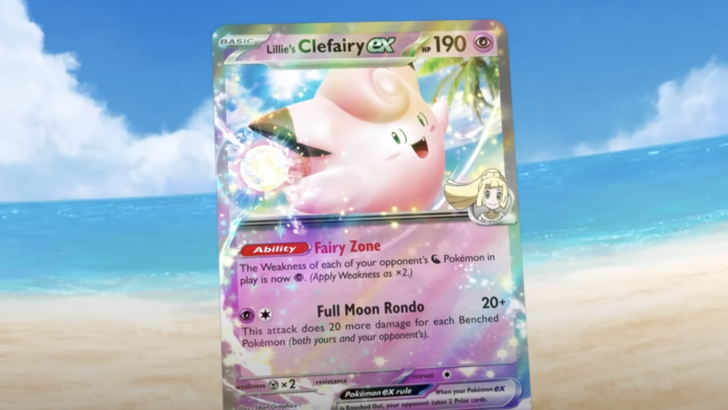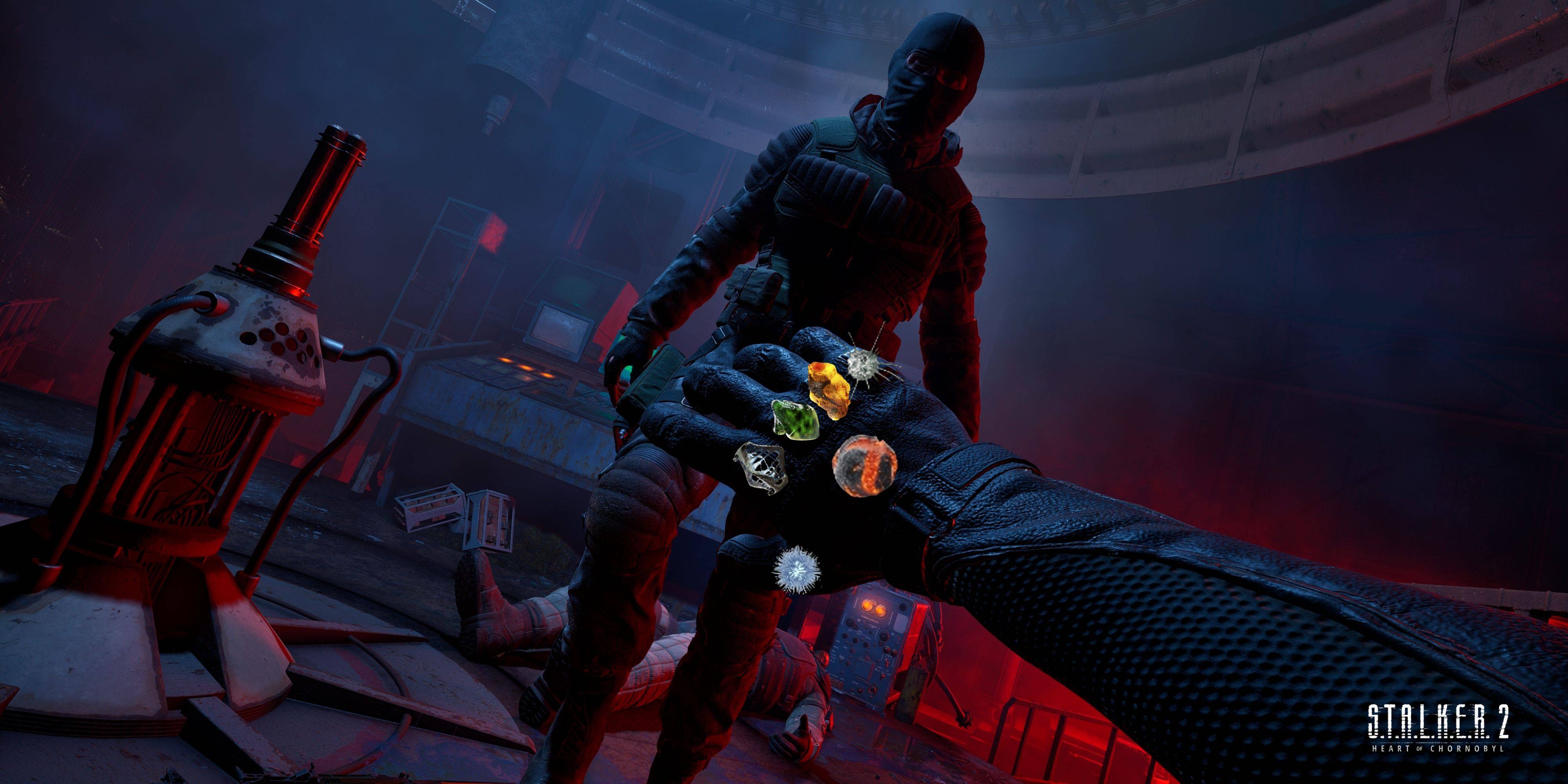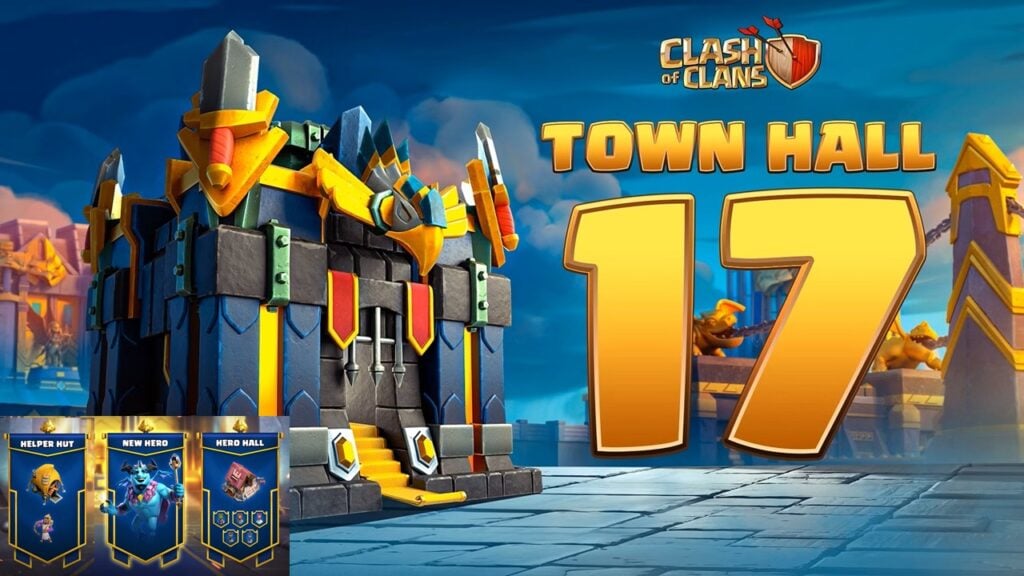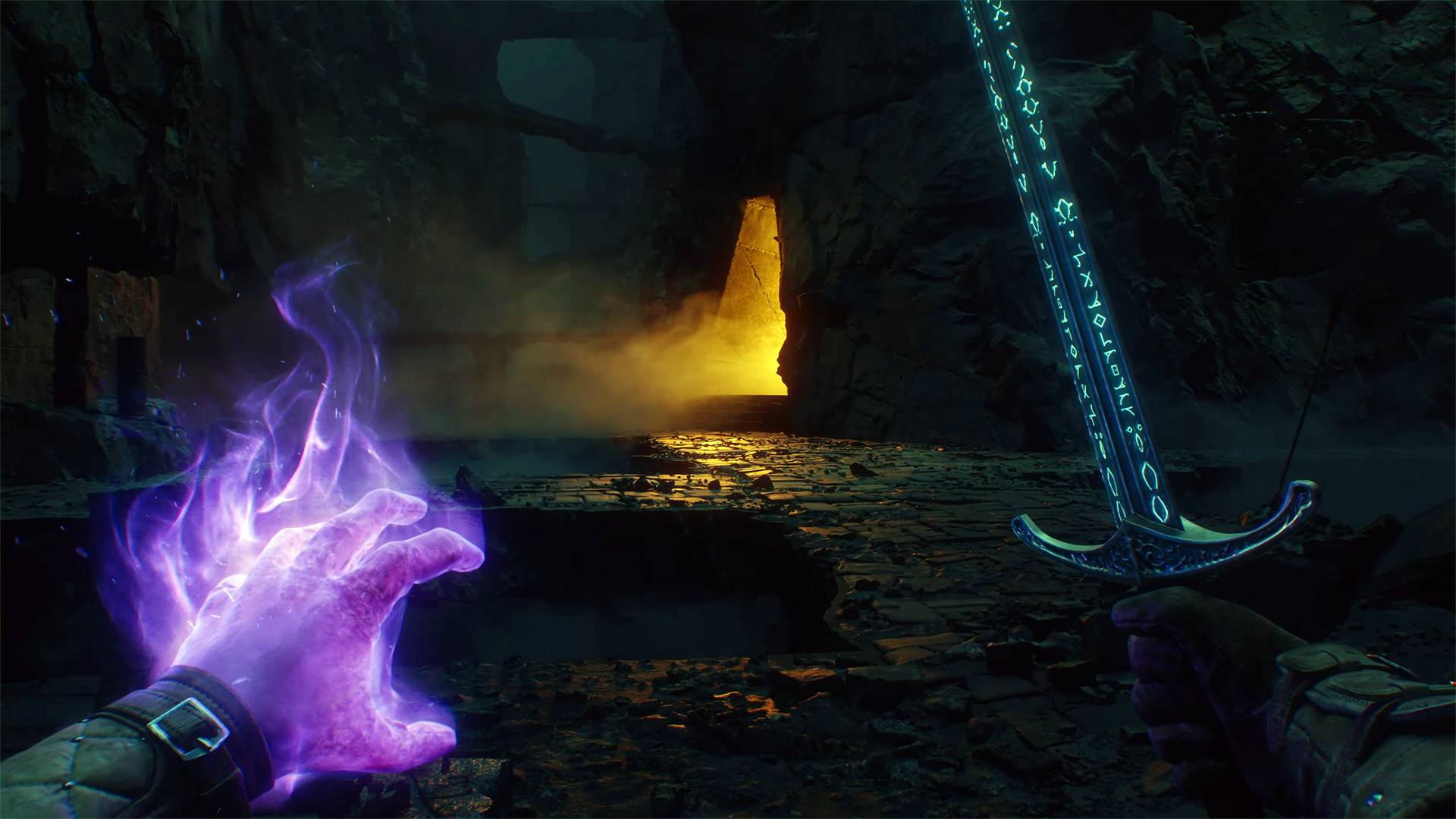"Cinderella at 75: How a Princess and Glass Slippers Revived Disney"
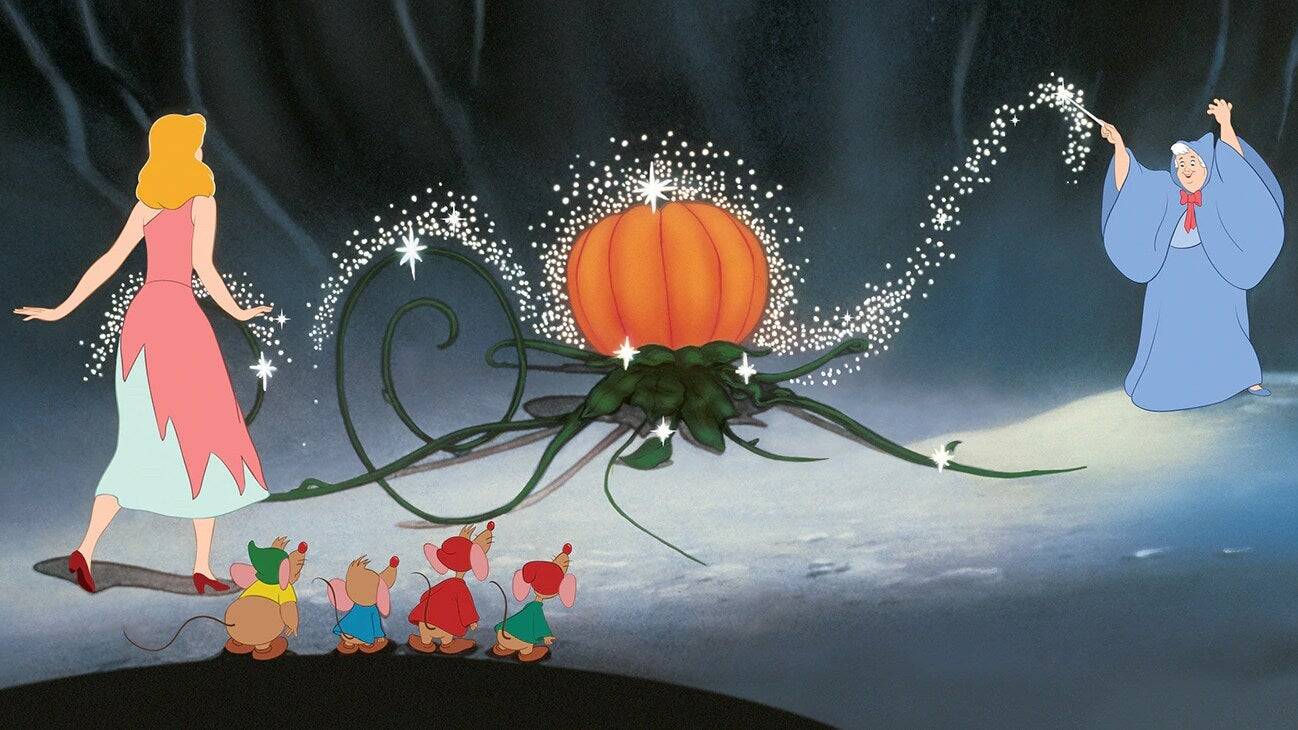
Just as Cinderella's dream was set to end at midnight, The Walt Disney Company faced a similar fate in 1947, grappling with a debt of approximately $4 million due to the financial setbacks of films like Pinocchio, Fantasia, and Bambi, exacerbated by World War II and other challenges. However, the iconic tale of Cinderella and her glass slippers played a pivotal role in rescuing Disney from an early end to its animation legacy.
As we celebrate the 75th anniversary of Cinderella's wide release on March 4, we've engaged with several Disney insiders who continue to draw inspiration from this timeless rags-to-riches story. This narrative not only parallels Walt Disney's own journey but also rekindled hope within the company and a post-war world yearning for something to believe in.
The Right Film at the Right Time --------------------------------To understand the significance of Cinderella, we must revisit Disney's transformative moment in 1937 with Snow White and the Seven Dwarfs. Its unprecedented success, holding the title of the highest-grossing film until Gone with the Wind surpassed it, enabled Disney to establish its Burbank studio and embark on a new era of feature-length animated films.
Following Snow White, Disney's next venture, Pinocchio, released in 1940, came with a hefty $2.6 million budget, yet it resulted in a $1 million loss despite its critical acclaim and Academy Awards for Best Original Score and Best Original Song. Similarly, Fantasia and Bambi underperformed, further deepening Disney's financial woes. The primary reason for these setbacks was the outbreak of World War II, which disrupted Disney's European markets.
"Disney's European markets dried up during the war, and films like Pinocchio and Bambi couldn't be shown there," explained Eric Goldberg, co-director of Pocahontas and lead animator on Aladdin's Genie. "The studio was then commissioned by the U.S. government to produce training and propaganda films. Throughout the 1940s, Disney shifted to creating Package Films like Make Mine Music, Fun and Fancy Free, and Melody Time, which, while profitable, lacked a cohesive narrative."
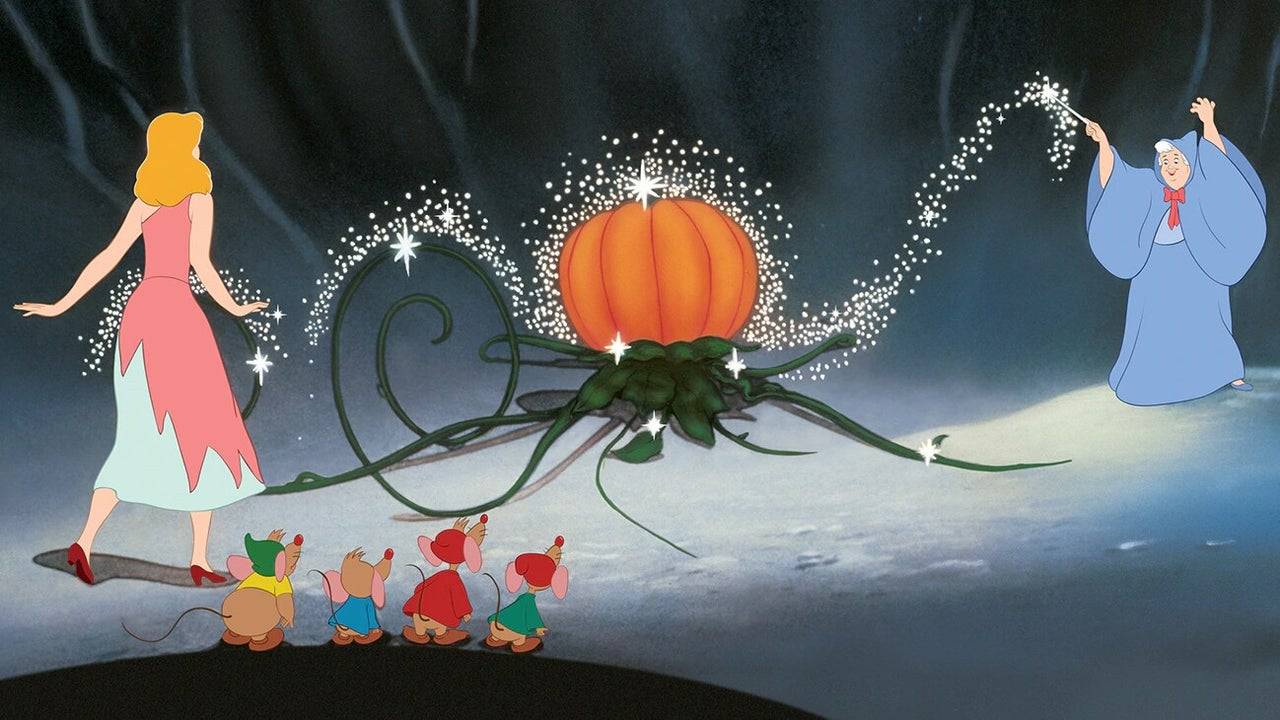
Package Films were compilations of short cartoons assembled into feature-length films. Disney produced six such films between Bambi in 1942 and Cinderella in 1950, including Saludos Amigos and The Three Caballeros, which supported the U.S.'s Good Neighbor Policy to counter Nazism in South America. Although these films helped reduce Disney's debt from $4.2 million to $3 million by 1947, they hindered the studio's return to full-length animated features.
"I wanted to get back into the feature field," Walt Disney expressed in 1956, as quoted in Michael Barrier's book, The Animated Man: A Life of Walt Disney. "But it required significant investment and time. My brother Roy and I had a heated discussion... It was one of my big upsets... I said we're going to either go forward, get back in business, or liquidate and sell out."
Facing the possibility of selling his shares and leaving the company, Walt and Roy chose to take a risk and invest in their first major animated feature since Bambi. The success of this film was crucial to the survival of Disney's animation studio.
"At this time, Alice in Wonderland, Peter Pan, and Cinderella were all in development, but Cinderella was chosen first due to its similarities to Snow White," said Tori Cranner, Art Collections Manager at Walt Disney Animation Research Library. "Walt recognized that post-war America needed hope and joy. While Pinocchio is a beautiful film, it lacks the joy that Cinderella brings. The world needed a story of rising from the ashes to something beautiful, and Cinderella was the perfect choice for that moment."
Cinderella and Disney’s Rags to Riches Tale
Walt Disney's connection to Cinderella dates back to 1922 when he created a Cinderella short at Laugh-O-Gram Studios, just before founding Disney with Roy. This short, inspired by Charles Perrault's 1697 version of the tale, which may trace its origins to ancient Greece, resonated with Walt due to its themes of good versus evil, true love, and dreams coming true.
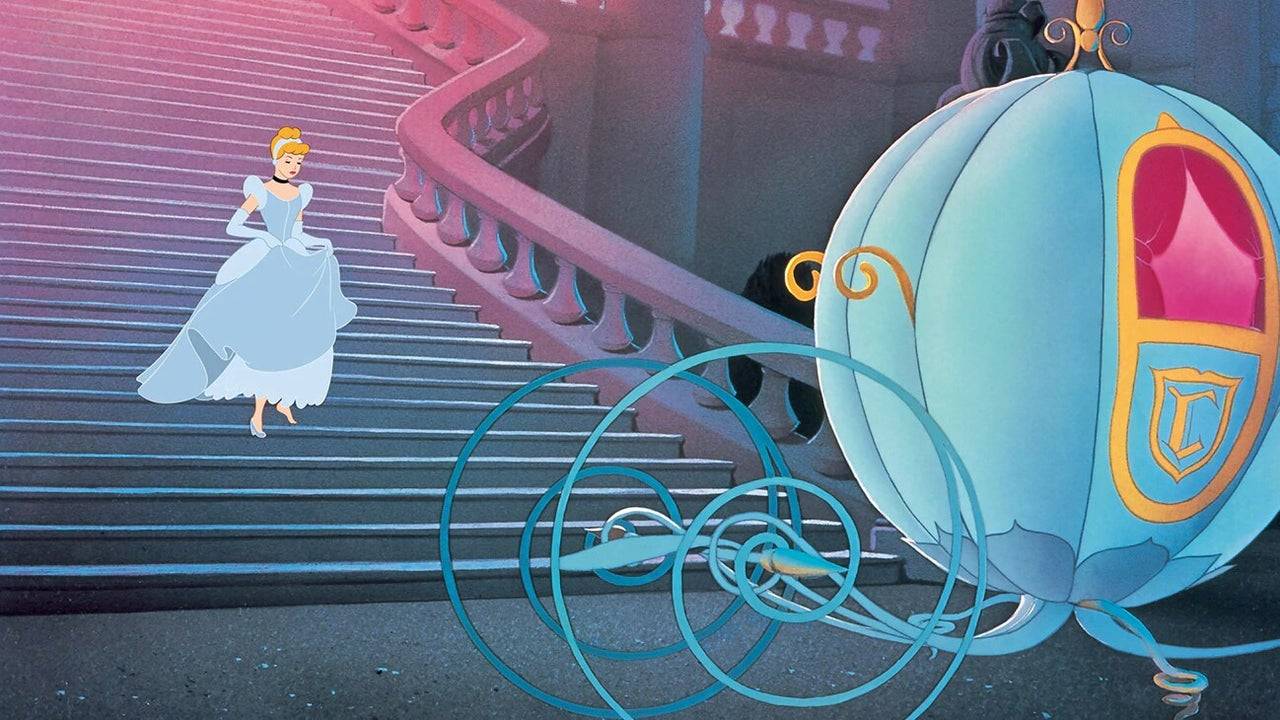
"Snow White was a kind and simple girl who believed in wishing and waiting for her Prince Charming," Walt Disney remarked in footage from Disney's Cinderella: The Making of a Masterpiece. "Cinderella, however, was more practical. She believed in dreams but also in taking action. When Prince Charming didn't come, she went to the palace to find him."
Cinderella's resilience and determination, despite her hardships under her Evil Stepmother and Stepsisters, mirrored Walt's own journey from humble beginnings through numerous failures to success driven by an unwavering dream and work ethic.
Walt's vision for Cinderella evolved from a Silly Symphony short in 1933 to a feature film by 1938, though it took over a decade to reach the screen due to the war and other challenges. This time allowed the film to develop into the beloved classic we know today.
"Disney excelled at reimagining these timeless fairytales with his unique touch, infusing them with heart and passion," Goldberg noted. "These stories, often grim and cautionary, were transformed into universally appealing narratives that stood the test of time."
Cinderella's animal friends, including Jaq, Gus, and the birds, provided comic relief and allowed deeper insight into her character. The Fairy Godmother, reimagined as a bumbling grandmother by animator Milt Kahl, added relatability and charm, culminating in the iconic transformation scene that Walt cherished.
"Every sparkle in that scene was hand-drawn and painted," Cranner marveled. "There's a moment where the magic holds before the dress transforms, creating a magical pause that captivates audiences."
The addition of the breaking glass slipper at the film's end further emphasized Cinderella's agency and strength, showcasing her as the hero of her own story.
"Cinderella is not a passive character," Goldberg emphasized. "When the slipper breaks, she presents the other one she's been holding onto, demonstrating her strength and control over her destiny."
Cinderella premiered in Boston on February 15, 1950, and its wide release on March 4 that year was a resounding success, grossing $7 million on a $2.2 million budget. It became the sixth-highest grossing film of 1950 and received three Academy Award nominations.
"When Cinderella was released, critics hailed it as a return to form for Walt Disney," Goldberg recalled. "It was a narrative triumph that revitalized the studio, paving the way for future classics like Peter Pan, Lady and the Tramp, Sleeping Beauty, 101 Dalmatians, and The Jungle Book."
75 Years Later, Cinderella’s Magic Lives On
Seventy-five years later, Cinderella's influence remains strong, evident in Disney parks and modern films. Her iconic castle graces Main Street, U.S.A., and her legacy is celebrated in scenes like Elsa's dress transformation in Frozen.
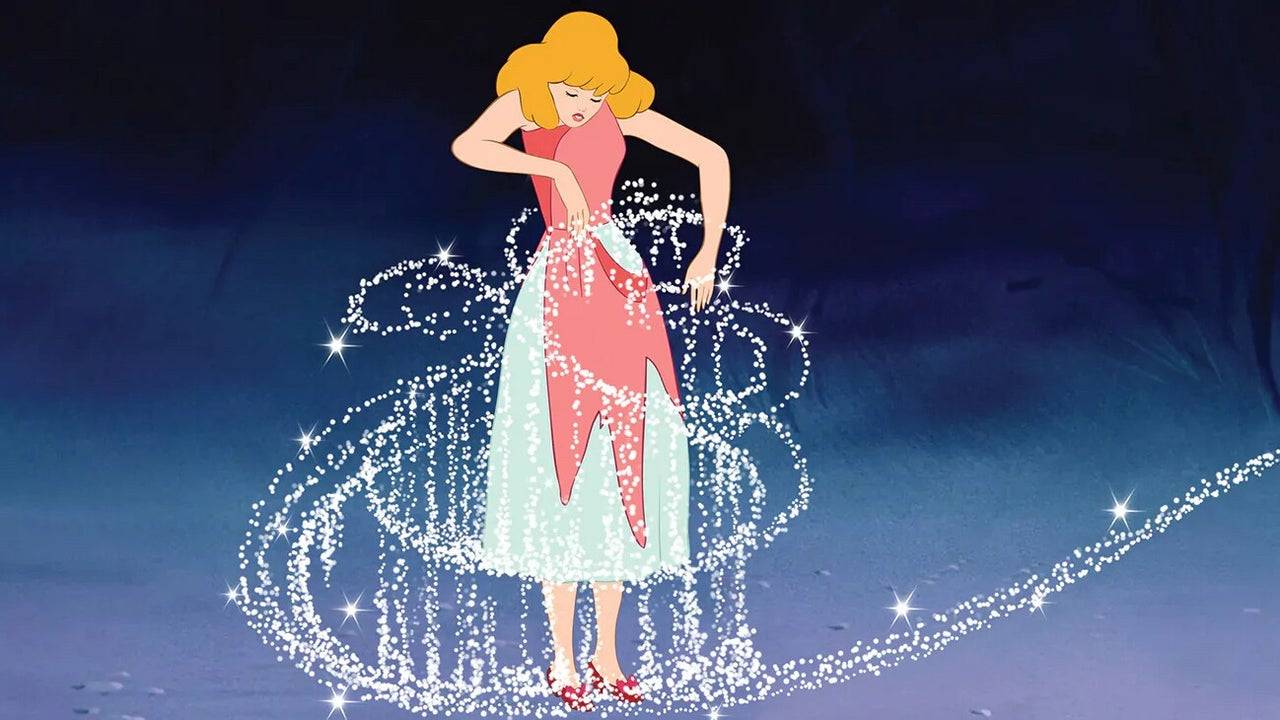
"For Elsa's transformation in Frozen, we drew direct inspiration from Cinderella," said Becky Bresee, lead animator on Frozen 2 and Wish. "The sparkles and effects echo Cinderella's magic, honoring the impact of her story and other Disney classics."
Cinderella's enduring appeal is a testament to the contributions of Disney's Nine Old Men and Mary Blair, whose artistic vision shaped the film's distinctive style.
"Cinderella's biggest message is hope," Goldberg concluded. "It shows that perseverance and strength can lead to dreams coming true, no matter the era."
-
 Avocado CheckerTrack the days remaining until your avocado reaches peak ripeness.This app displays the countdown to your avocado's optimal eating day.[Icon Mode]-Visual icons indicate your avocado's ripening stage.[Numeric Mode]-Blue numbers show days remaining bef
Avocado CheckerTrack the days remaining until your avocado reaches peak ripeness.This app displays the countdown to your avocado's optimal eating day.[Icon Mode]-Visual icons indicate your avocado's ripening stage.[Numeric Mode]-Blue numbers show days remaining bef -
 SplurgeTransform your ideas into breathtaking AI-generated artwork instantly. Harness cutting-edge AI models including Midjourney and Dall-ESplurge Art revolutionizes AI art creation as the market's most advanced generator. Our innovative platform blends po
SplurgeTransform your ideas into breathtaking AI-generated artwork instantly. Harness cutting-edge AI models including Midjourney and Dall-ESplurge Art revolutionizes AI art creation as the market's most advanced generator. Our innovative platform blends po -
 Pure Affair NSA Hookup Finder App - Hook up DatingLooking for excitement outside your mundane relationship? Pure Affair is the ultimate NSA hookup finder app designed for secretive encounters without strings attached. This discreet dating platform welcomes singles, married individuals, and non-mono
Pure Affair NSA Hookup Finder App - Hook up DatingLooking for excitement outside your mundane relationship? Pure Affair is the ultimate NSA hookup finder app designed for secretive encounters without strings attached. This discreet dating platform welcomes singles, married individuals, and non-mono -
 Boddess: Beauty Shopping AppDiscover India's premier beauty app for cosmetics, skincare, haircare, makeup, and fragrances.At Boddess, beauty is reimagined. Our shopping app brings you the finest beauty selections and incredible deals!Shop your favorite beauty and cosmetic produ
Boddess: Beauty Shopping AppDiscover India's premier beauty app for cosmetics, skincare, haircare, makeup, and fragrances.At Boddess, beauty is reimagined. Our shopping app brings you the finest beauty selections and incredible deals!Shop your favorite beauty and cosmetic produ -
 Dream Home Coloring bookAn exceptional coloring experience centered on houses and homes.Embark on your ultimate coloring journey with Dream Home Color!Release your inner artist in Dream Home Color, where you bring charming houses to life. This relaxing game lets you fill be
Dream Home Coloring bookAn exceptional coloring experience centered on houses and homes.Embark on your ultimate coloring journey with Dream Home Color!Release your inner artist in Dream Home Color, where you bring charming houses to life. This relaxing game lets you fill be -
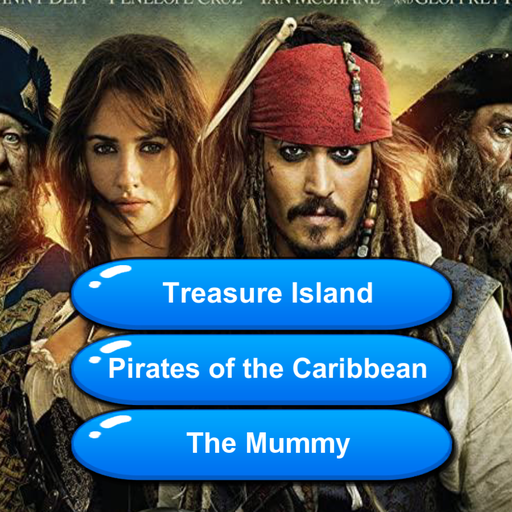 Movie QuizTest Your Movie Knowledge! Take the Cinema Challenge and Uncover the Film in the Quiz.Do you have what it takes to be a cinema expert? Download the "Which Movie? Cinema Films Quiz" app for free and see where you stand on the global leaderboard. Prove
Movie QuizTest Your Movie Knowledge! Take the Cinema Challenge and Uncover the Film in the Quiz.Do you have what it takes to be a cinema expert? Download the "Which Movie? Cinema Films Quiz" app for free and see where you stand on the global leaderboard. Prove
